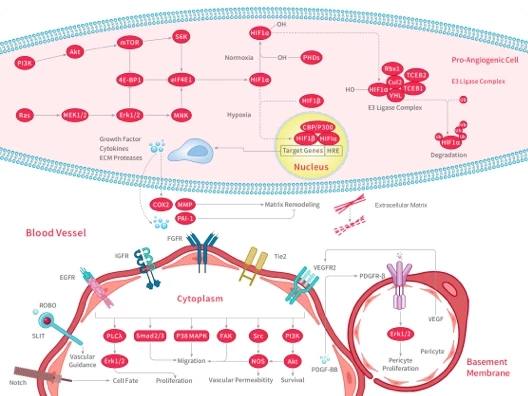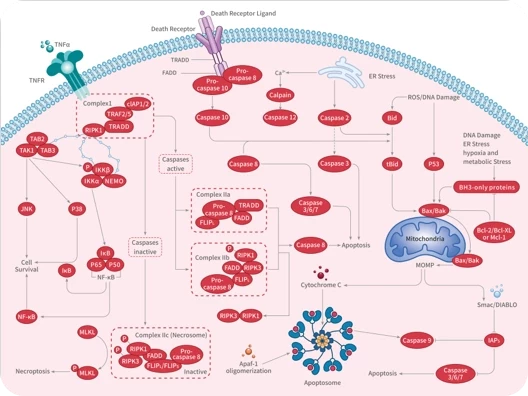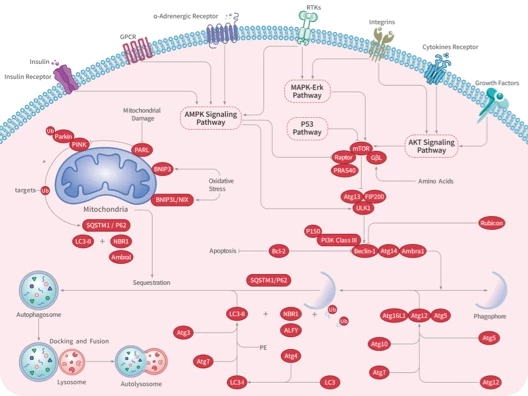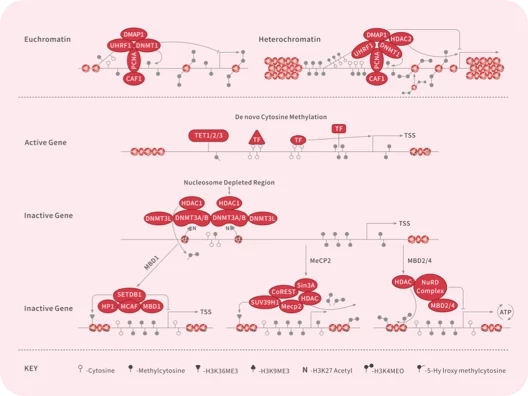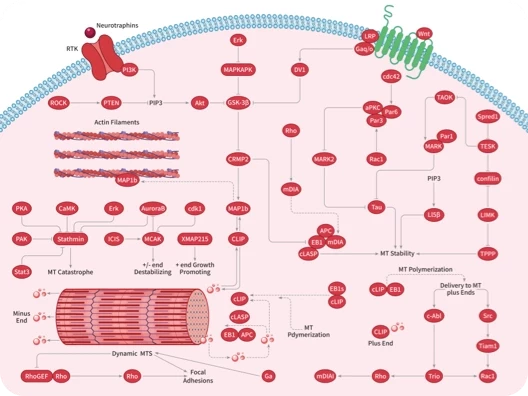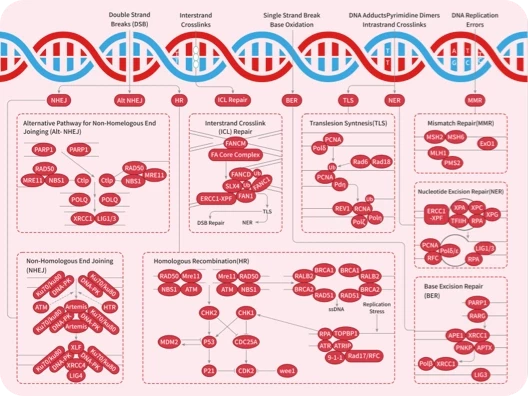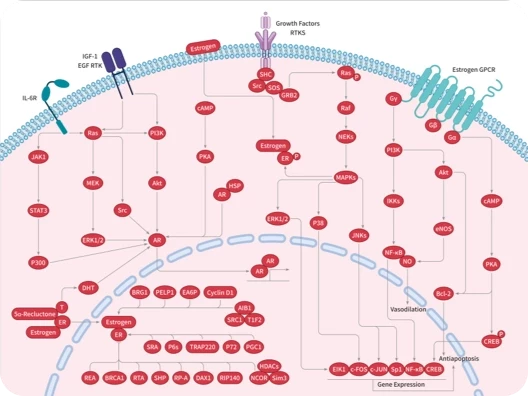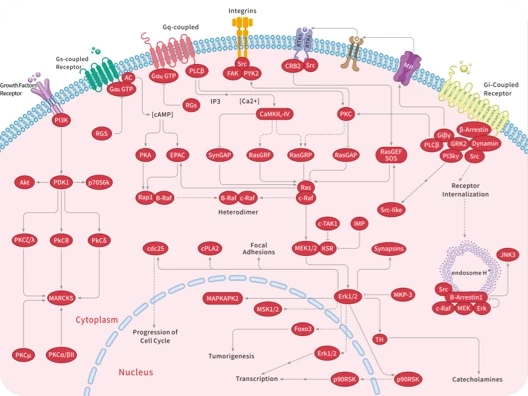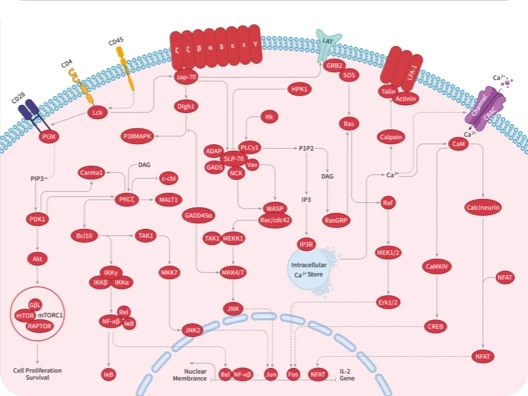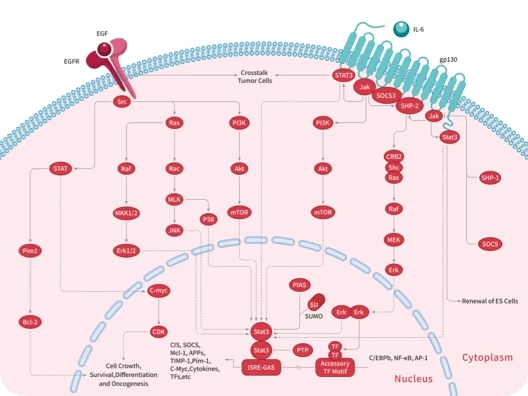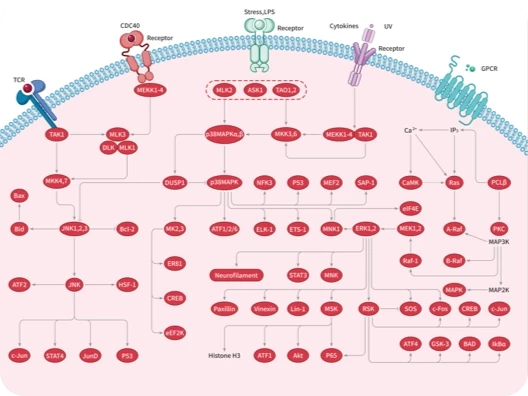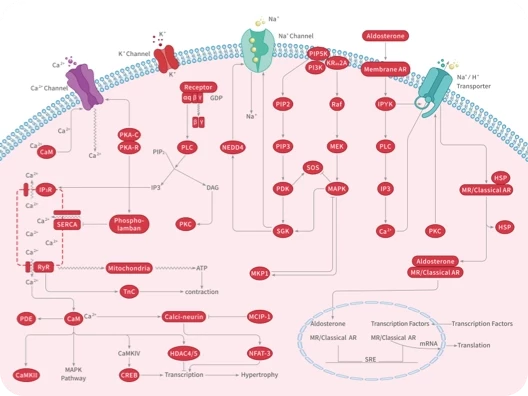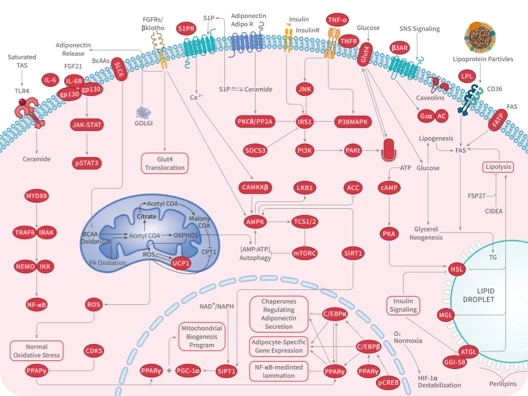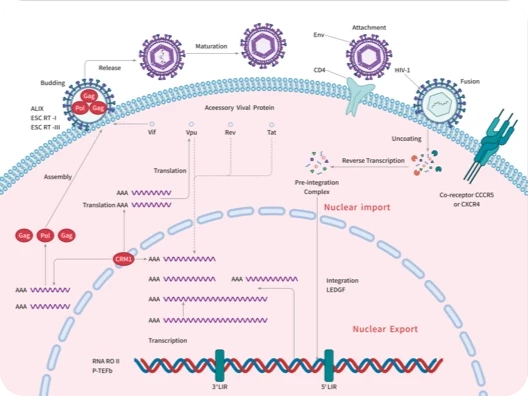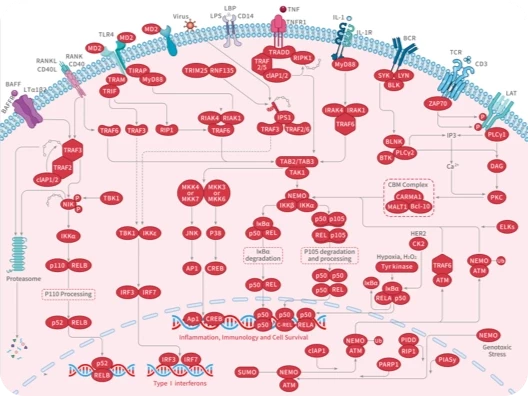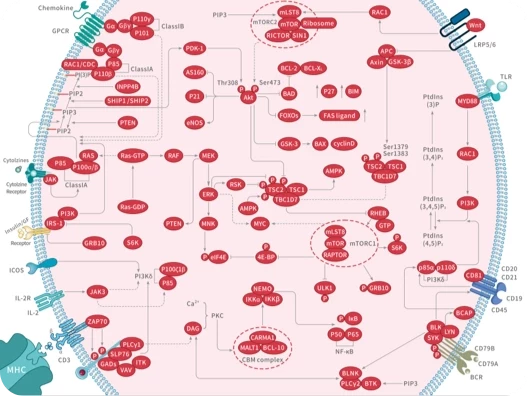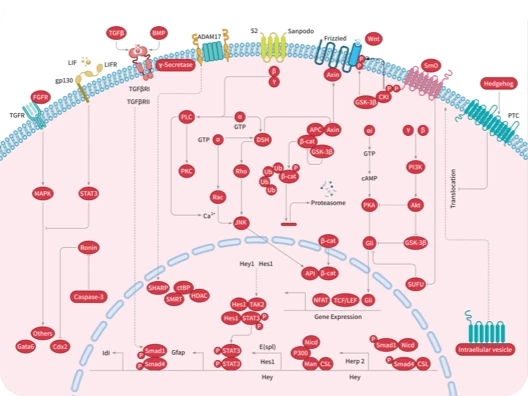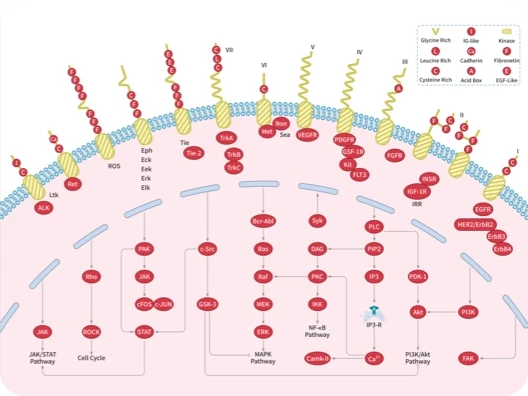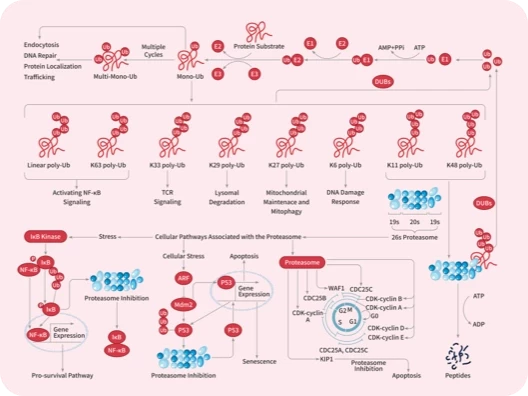- 全部删除
 您的购物车当前为空
您的购物车当前为空
购物车
5-HT Receptor
(622)
Adenosine Receptor
(128)
Adiponectin Receptor
(5)
Adrenergic Receptor
(381)
Amylin Receptor
(5)
Annexin A
(8)
Apelin receptor
(14)
Arrestin
(15)
Bombesin Receptor
(15)
Bradykinin Receptor
(24)
CCR
(83)
CGRP Receptor
(23)
CRFR
(18)
CXCR
(78)
CaSR
(22)
Cannabinoid Receptor
(126)
Cholecystokinin Receptor
(34)
Dopamine Receptor
(334)
EBI2/GPR183
(3)
Endothelin Receptor
(39)
GHSR
(19)
GNRH Receptor
(27)
GPCR19
(16)
GPR
(151)
GRK
(13)
GTPase
(19)
Glucagon Receptor
(69)
Guanylate cyclase
(27)
Hedgehog/Smoothened
(40)
Histamine Receptor
(253)
Kisspeptin
(4)
Kras
(33)
LPA Receptor
(24)
LPL Receptor
(51)
Leukotriene Receptor
(38)
MRGPR
(6)
Melanin-concentrating Hormone Receptor (MCHR)
(11)
Melanocortin Receptor
(42)
Melatonin Receptor
(13)
Motilin Receptor
(4)
Neurokinin receptor
(72)
Neuropeptide W
(1)
Neuropeptide Y Receptor
(56)
Neurotensin Receptor
(25)
OX Receptor
(26)
Opioid Receptor
(172)
Oxytocin Receptor
(17)
P2Y Receptor
(37)
PACAP
(10)
PAFR
(41)
Prostaglandin Receptor
(190)
Protease-activated Receptor
(39)
RXFP receptor
(5)
Ras
(126)
S1P Receptor
(58)
SGLT
(30)
Sigma receptor
(56)
Somatostatin
(21)
TSH Receptor
(10)
Vasopressin Receptor
(33)
cAMP
(43)
PACAP
垂体腺苷酸环化酶激活多肽(PACAP),由ADCYAP1基因编码。PACAP其作用之一是刺激肠嗜铬样细胞。它与血管活性肠肽受体和垂体腺苷酸环化酶激活多肽受体结合。
PACAP (6-38), human, ovine, rat acetate
TP1722L
PACAP (6-38), human, ovine, rat acetate 是一种有效的 PACAP 受体拮抗剂。PACAP (6-38) 作用于 PACAP I 型受体,PACAP II 型受体 VIP1 和 PACAP II 型受体 VIP2,IC50 分别为 30 nM,600 nM 和 40 nM。
- ¥ 833
规格
数量
PACAP (1-38), human, ovine, rat
TP1878137061-48-4
PACAP (1-38), human, ovine, rat (Pituitary Adenylate Cyclase Activating Polypeptide 38) 是含有 38 个氨基酸残基的神经肽。它能够结合 PACAP I 型受体(IC50:4 nM)、PACAP II 型受体 VIP1(IC50:2 nM)、PACAP II 型受体 VIP2(IC50:1 nM)。
- ¥ 892
规格
数量
PA-8
T41005878437-15-1
PA-8是一种小分子的的 PACAP I 型(PAC1)受体拮抗剂,有 选择性、有效性和口服活性。PA-8抑制PACAP 诱导的CREB 在PAC1-受体上的磷酸化,但对VPAC11或VPAC2受体无抑制作用。PA-8也抑制pacap 诱导的体外cAMP 水平升高(IC50 = 2 nM)和体内鞘内注射后pacap 诱导的厌恶反应和机械异位性痛。
- ¥ 185
规格
数量
PACAP (1-27), human, ovine, rat acetate
TP1070L
PACAP (1-27), human, ovine, rat acetate (PACAP 1-27 acetate)(127317-03-7 free base) 是一种新的神经肽,最初从牛下丘脑中分离出来,也存在于人和大鼠中。
- ¥ 1470
规格
数量
PACAP 1-38 acetate
TP1878L
PACAP 1-38 acetate 是一种垂体腺苷酸环化酶激活多肽 (PACAP) 类似物。它与 PACAP I 型受体 (IC50 = 4 nM) 和 PACAP II 型 VIP2 受体 (IC50 = 1 nM) 结合,但不与 PACAP II 型 VIP1 受体结合。
- ¥ 1390
规格
数量
PACAP-38 (31-38), human, mouse, rat acetate
TP1618L
PACAP-38 (31-38), human, mouse, rat acetate 是 PAC1 受体的激活剂。PACAP-38 (31-38), human, mouse, rat acetate 对交感神经元 NPY 和儿茶酚胺的产生具有强效、有效和持续的刺激作用,可用于神经营养和神经保护研究。
- ¥ 1310
规格
数量
PAC1R antagonist 1
T781052305204-24-2
PAC1R antagonist 1为一种具有口服活性的 PAC1 受体拮抗剂,可抑制由垂体腺苷酸环化酶激活多肽(PACAP)及神经损伤所诱导的异常性疼痛,可用于研究肿瘤和与免疫相关的疾病。
- ¥ 939
规格
数量
PACAP (6-27) (human, chicken, mouse, ovine, porcine, rat) (trifluoroacetate salt)
T36427
Pituitary adenylate cyclase-activating peptide (PACAP) (6-27) is a PACAP receptor antagonist with IC50 values of 1,500, 600, and 300 nM, respectively, for rat PAC1, rat VPAC1, and human VPAC2 recombinant receptors expressed in CHO cells. It binds to PACAP receptors on SH-SY5Y and SK-N-MC human neuroblastoma and T47D human breast cancer cells (IC50s = 24.5, 106, and 105 nM, respectively) and inhibits cAMP accumulation induced by PACAP (1-38) (Kis = 457, 102, and 283 nM, respectively, in SH-SY5Y, SK-N-MC, and T47D cells). In vivo, in newborn pigs, PACAP (6-27) (10 μM) inhibits vasodilation of pial arterioles induced by PACAP (1-27) and PACAP (1-38) . It also inhibits PACAP (1-27)-stimulated increases in plasma insulin and glucagon levels and pancreatic venous blood flow in dogs when administered locally to the pancreas at a dose of 500 μg.
- 待估
规格
数量
PACAP-related Peptide (human) (trifluoroacetate salt)
T36428
PACAP-related peptide (PRP) is an endogenous 29-amino acid peptide that belongs to the secretin/glucagon superfamily of peptides, which includes secretin , glucagon , glucagon-like peptide-1 , GLP-2 , and pituitary adenylate cyclase-activating polypeptide . It is expressed in normal human pancreas and adrenal gland tissue and in some tumors that produce vasoactive intestinal peptide (VIP). PRP (1-29) is secreted by CHO-K1 cells that express human recombinant preproPACAP.
- 待估
规格
数量
PACAP-related Peptide (rat) (trifluoroacetate salt)
T37435
PACAP-related peptide (PRP) is an endogenous 29-amino acid peptide that belongs to the secretin/glucagon superfamily of peptides, which includes secretin , glucagon , glucagon-like peptide-1 , GLP-2 , and pituitary adenylate cyclase-activating polypeptide . It is expressed in rat hypothalamus as well as within the nerves of the median eminence, the anterior pituitary, bed nucleus of the stria terminalis, cerebellum, cerebral cortex, and amygdala. PRP is also expressed in vaginal, uterine cervical, uterine horn, fallopian tube, and ovarian tissues from the rat female genital tract and is present in extracts of male testis tissue.
- ¥ 4390
规格
数量
转到第1页
/ 1 页











